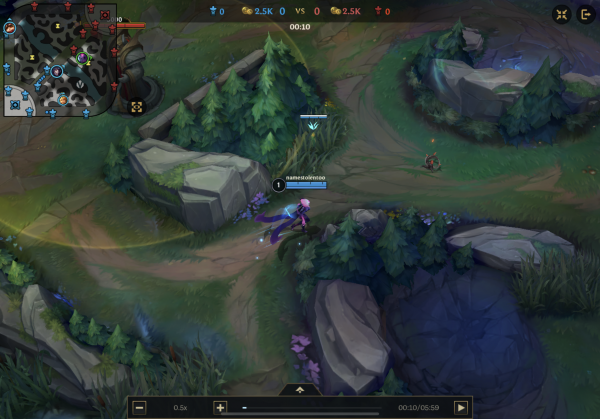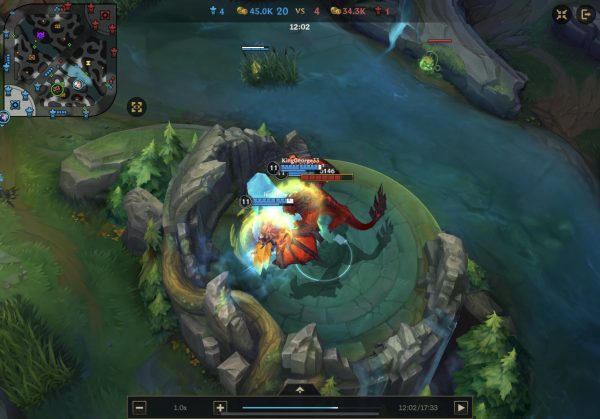A Scrub's Guide to League of Legends: Wild Rift - How to be a good teammate


League of Legends: Wild Rift has been occupying a lot of my time lately. It's simply a fantastic mobile MOBA that everyone should give a try, even if you aren't familiar with LoL or other games of this type.
Prior to playing, you might want to check out these practical tips on how to go into Wild Rift prepared to contribute to your team. Once you've done that, read on below for some more tips on how to be a good teammate during your match.

It sounds simple, but one of the most important things you can do in Wild Rift is avoid death. Dying is super costly in MOBAs. Not only does it put your team at a numbers disadvantage, but it also rewards your killer with money that they can use to purchase better gear faster. Hug turrets, stick with teammates, teleport to base, or do whatever else you need to do to avoid getting killed ald you'll be helping your team more than you know.
Even if you don't feel like your presence on the map is adding a whole lot to the overall team effort, diving into fights and making desperate plays only compounds your disadvantage. If you stay alive, you can continue farming gold, guarding objectives, granting vision, and eventually building up your hero into a formidable force in the back-half of a match.
Ward, ward, wardWarding (aka placing vision items) goes hand-in-hand with not dying. If you know where the enemy heroes are, you can identify when you should fight or flee safely. It also gives your entire team this heads up, so they can react appropriately as well.
Even if you are a total novice at Wild Rift, you can give your team a pretty significant advantage by making sure you're always placing wards in enemy territory or brush so that your team can keep tabs on them and group up for kills, teamfights, or objective pushes smartly.
Watch the mapWarding is a great practice, but it doesn't mean much if you and your teammates don't check to see what those wards (or other teammates) can tell you about enemy movement and objective progress. Keeping an eye on the minimap can allow you to avoid running into an ambush or save you from being ganked. It can also help you save your other teammates, too.
If you see an enemy disappear from their lane or group with others near one of your allies, let your team know. Wild Rift's ping system makes it easy to give your allies a heads up or let you direct less knowledgeable players about how they can stay safe and position themselves for success throughout a match.

Although the first point in this guide underscores how killing heroes has significant ramifications, League of Legends: Wild Rift isn't a game of team deathmatch. Your ultimate goal is to destroy the enemy Nexus, and doing so takes more than slaying enemies. Killing creeps, pushing towers, and securing buffs should all take priority over upping your K/D/A ratio.
This isn't to say you shouldn't fight the other team. Quite the opposite, actually. But, if you fight a team over an objective and they retreat, your priority should be to secure the objective as opposed to going hunting. Giving chase might lure you into a trap or send you on a wild goose chase while the other team circles back to claim the thing you fought over in the first place. Be smart. Play the long game, and don't worry about stat padding. You'll win more and be more satisfied playing Wild Rift that way. There is also a Wild Rift tier list that was made to help you pick the best champions that are a current meta.
Looking for more beginner tips for Wild Rift? Check out more of our scrub’s guide here!